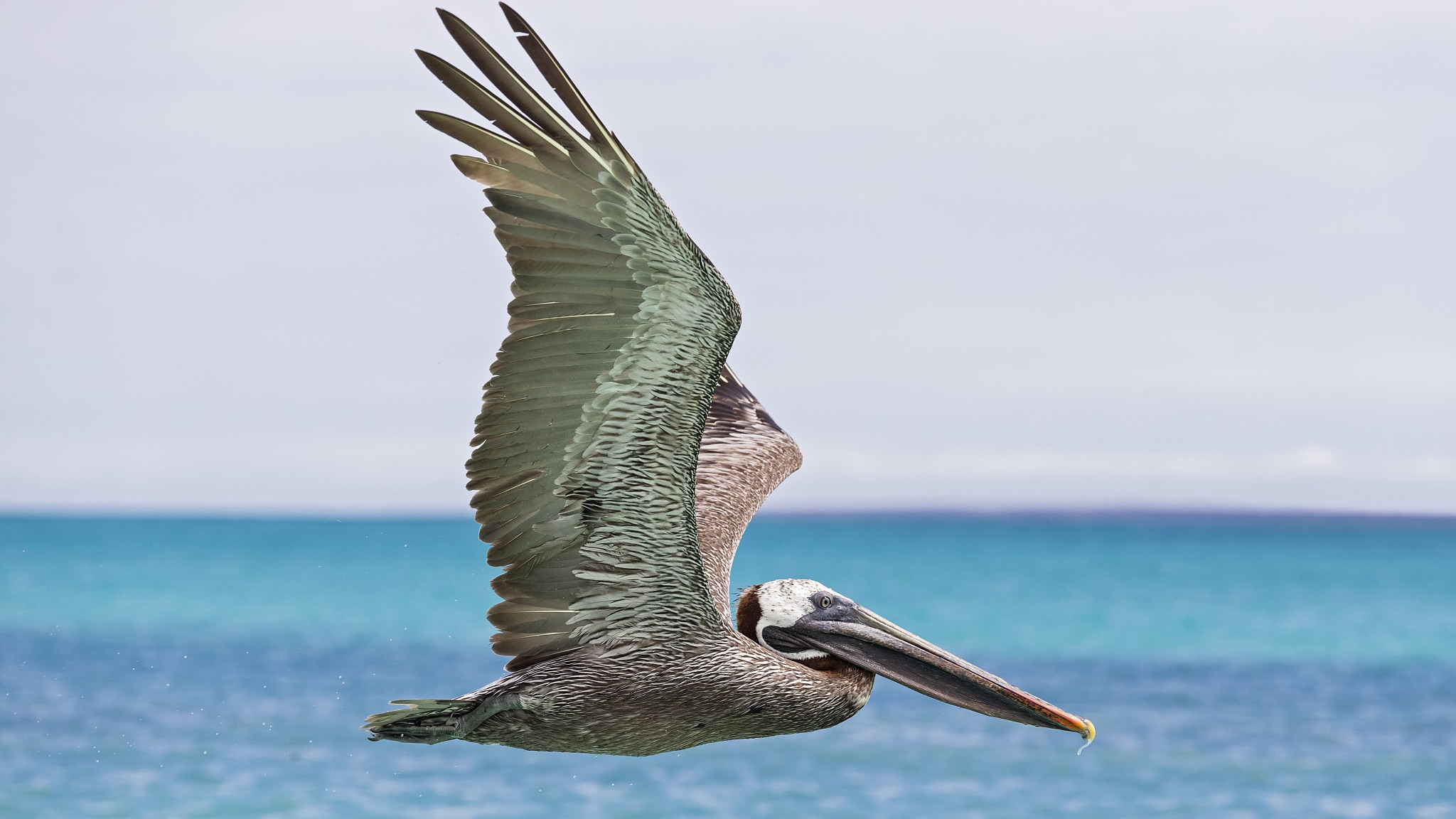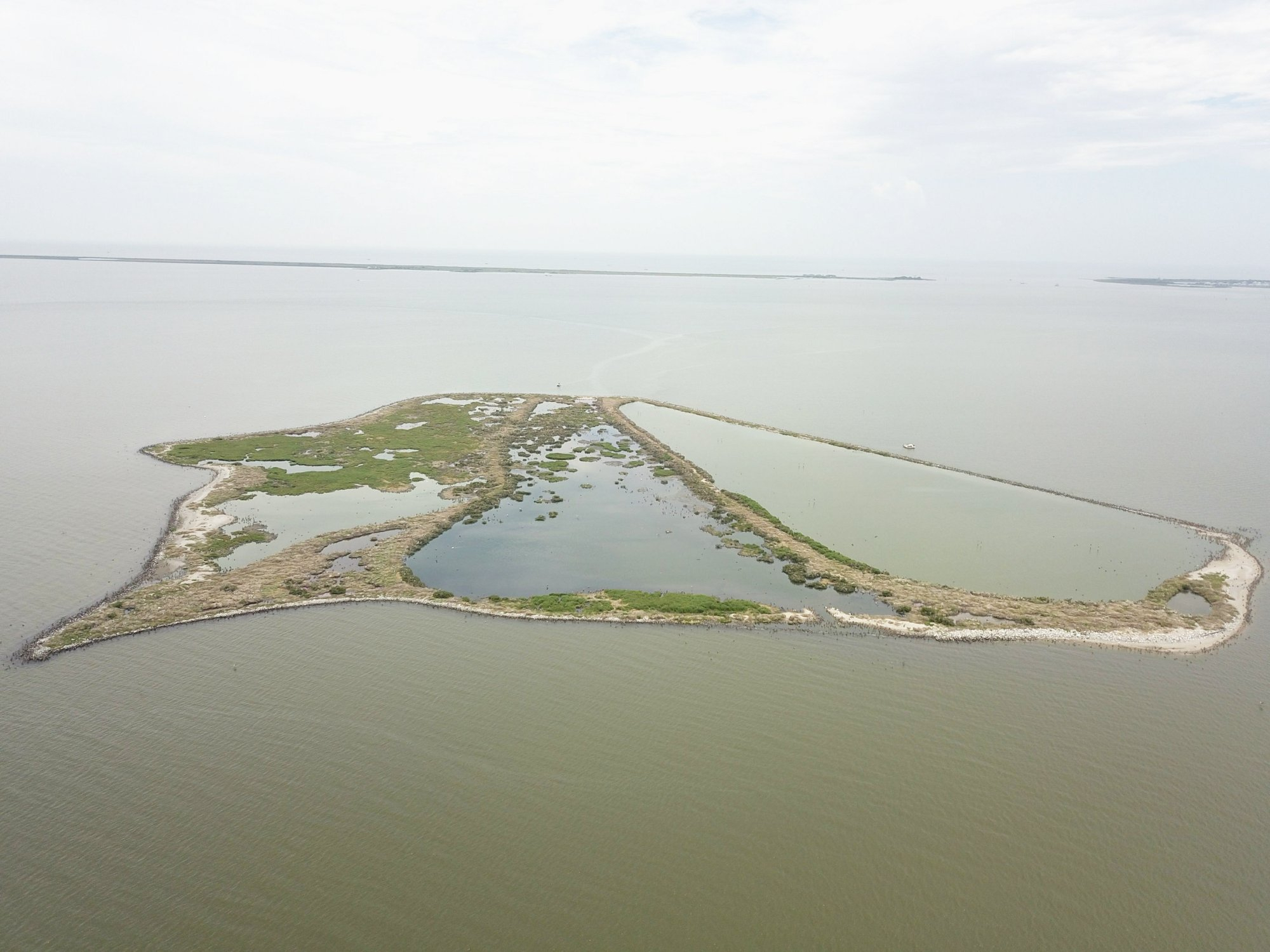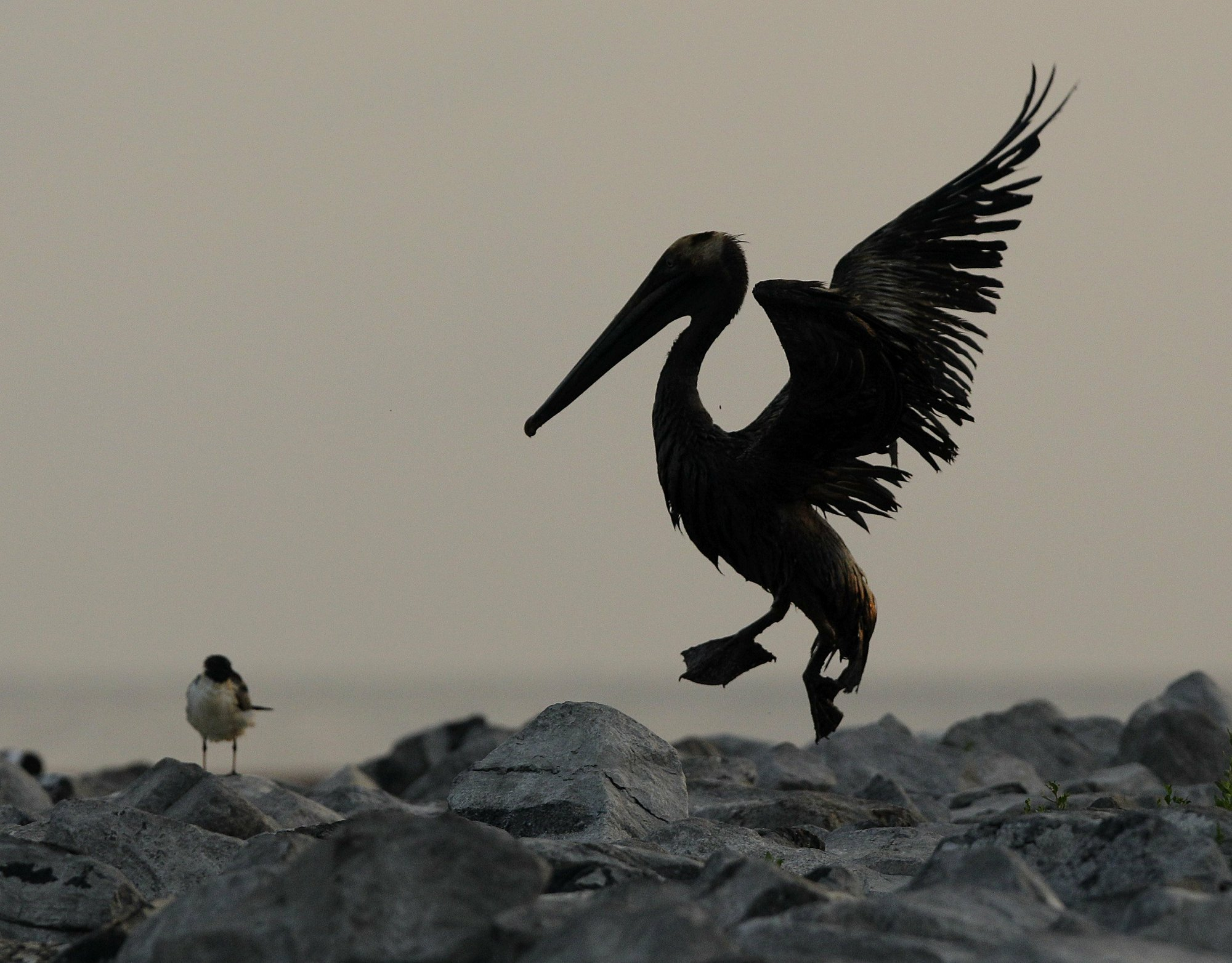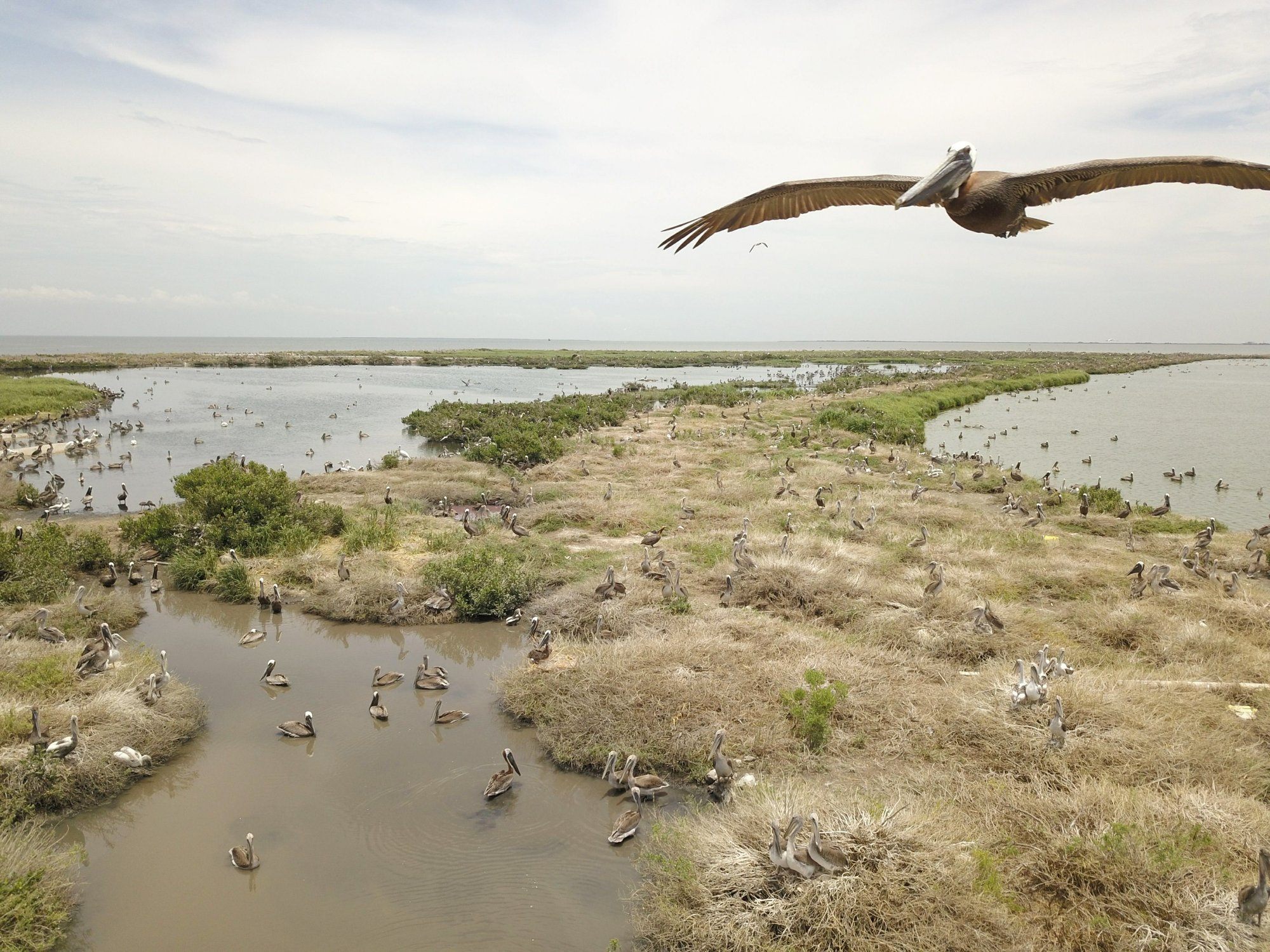
Nature
10:49, 28-Dec-2018
Oil spill money could be used for birds off Louisiana coast
Updated
10:11, 31-Dec-2018
CGTN

Nearly 17 million U.S. dollars in Deepwater Horizon oil spill money would rebuild a barrier island bird rookery off Louisiana to more than seven times its current size under a recently released plan.
The group tasked with allocating 5 billion U.S. dollars from the 2010 spill is taking public comment through January 22 on the proposal. The Louisiana arm of that group will also hold a public hearing on January 3 at the Louisiana Department of Wildlife and Fisheries headquarters in Baton Rouge.
With about 2 million U.S. dollars already spent on planning and design, authorities say construction, monitoring and management would cost another 16.7 million U.S. dollars. Most of the work would be done in 2020.

Queen Bess Island, Louisiana, U.S. /AP Photo
Queen Bess Island, Louisiana, U.S. /AP Photo
Queen Bess Island was the first spot where brown pelicans were returned to Louisiana after the pesticide DDT wiped them out in the 1960s. The Louisiana Department of Wildlife and Fisheries counted 11 nests there in 1971, marking the first successful recolonization. The number of nests there peaked at 4,000 in 2008.
Despite restoration projects over the years, its usable nesting area is now down to about 5 acres (2 hectares).
It also was heavily hit by oil from the 2010 spill, but has been cleaned, and birds are back.

An oil-covered brown pelican struggles to fly at Queen Bess Island, Louisiana, U.S. /AP Photo
An oil-covered brown pelican struggles to fly at Queen Bess Island, Louisiana, U.S. /AP Photo
It currently hosts Louisiana's third-largest brown pelican breeding site, with 15 to 20 percent of all nests in the state.
Plans call for 30 acres (12 hectares) of pelican nesting habitat and 7 acres (3 hectares) for smaller terns and skimmers.
The island's southernmost area is now only an outline in the water. This would be filled in with river sand to as much as 5 feet (1.5 meters) above sea level. About 7 acres of that area would be covered with geotextile fabric and topped with a 6-inch (15-centimeter) layer of crushed limestone for terns and skimmers, which like to nest on gravel — least terns have been found nesting on gravel roofs.
The sand would slope gradually down to the island's northern tip, with black mangroves and other plants added to create nesting habitats and hold the sand.

A brown pelican flying over the Queen Bess Island, Louisiana, U.S. /AP Photo
A brown pelican flying over the Queen Bess Island, Louisiana, U.S. /AP Photo
Up to 21 "bird ramps" – pads of crushed limestone or other material to make easy walkways for nesting birds – would be created every 250 feet (76 meters) or so around the reconstructed island.
Breakwaters would be created all along the southwest side to slow erosion from waves and provide calm water for young water birds. A smaller breakwater area would reduce erosion from an area designed to let fish in and out of the lowest part of the island.
All of the work would be done outside the breeding season, but might temporarily displace some birds, including plovers, sandpipers, dowitchers and other birds that forage on the islands during the winter, the proposal said.
"These birds may need to find other areas to forage and loaf," it said.
Source(s): AP

SITEMAP
Copyright © 2018 CGTN. Beijing ICP prepared NO.16065310-3
Copyright © 2018 CGTN. Beijing ICP prepared NO.16065310-3